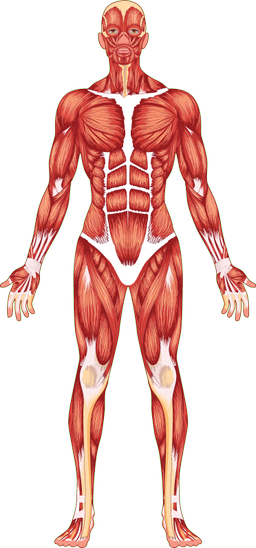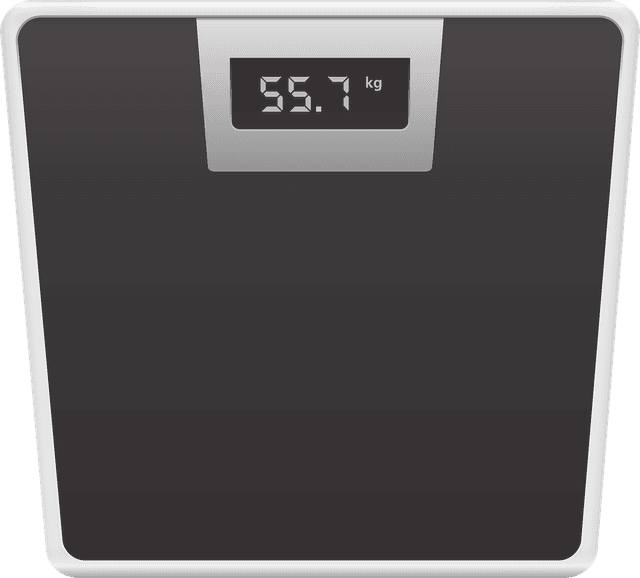Muscle strength: plan (non-statutory)
I can plan a simple test to investigate muscle strength in humans.
Muscle strength: plan (non-statutory)
I can plan a simple test to investigate muscle strength in humans.
These resources will be removed by end of Summer Term 2025.
Lesson details
Key learning points
- Muscle strength is often different in different people
- Muscle strength can be measured in different ways
- Scientists plan how to carry out the right type of investigation to find answers to their questions
Keywords
Muscles - Muscles are a tissue which pulls part of our skeleton so we can move.
Strength - The strength of something is shown by how well it can withstand a force or pressure.
Measure - To measure is to use equipment to find numbers to describe a feature of something such as its length, weight, size or time.
Questions - A question is a sentence or phrase used to find out information.
Common misconception
Students may think if you have big muscles you are strong, if you have small muscles you are weak.
Show images to illustrate a runner may be very lean and a weightlifter may have huge muscles, but both are strong, just in different ways.

Equipment
See additional materials for detailed guidance
Content guidance
- Risk assessment required - equipment
- Risk assessment required - physical activity
Supervision
Adult supervision required
Licence
This content is © Oak National Academy Limited (2024), licensed on
Starter quiz
6 Questions




leg and feet muscles
hand and arm muscles
face and neck muscles

centimetres
seconds
millilitres
kilograms

Exit quiz
6 Questions








